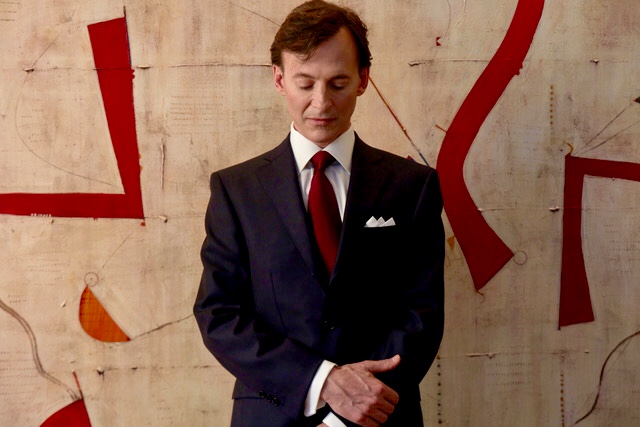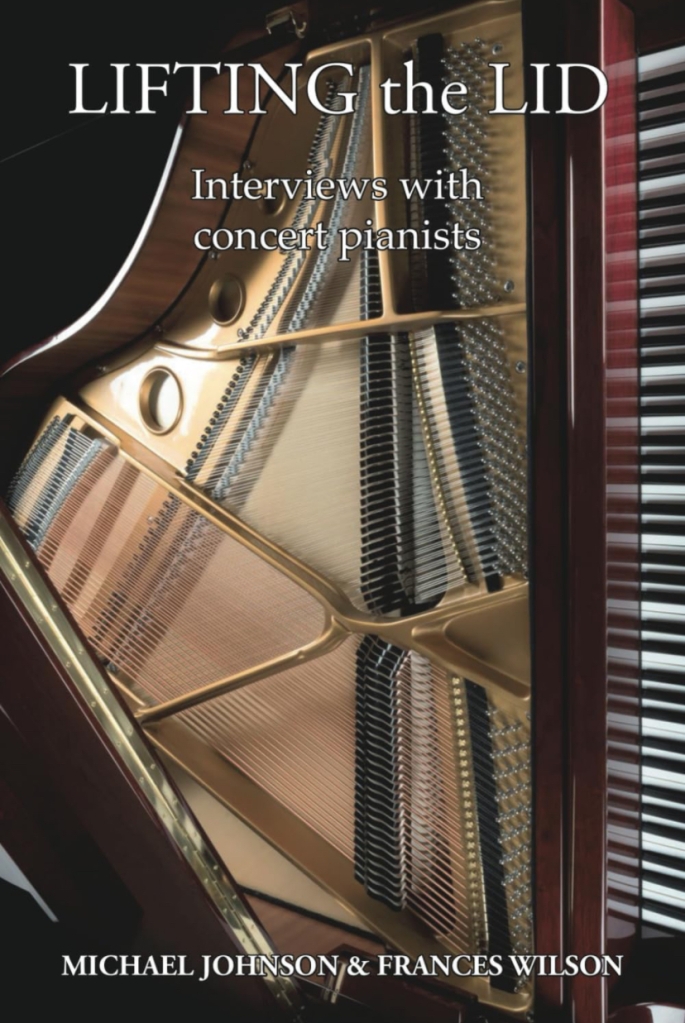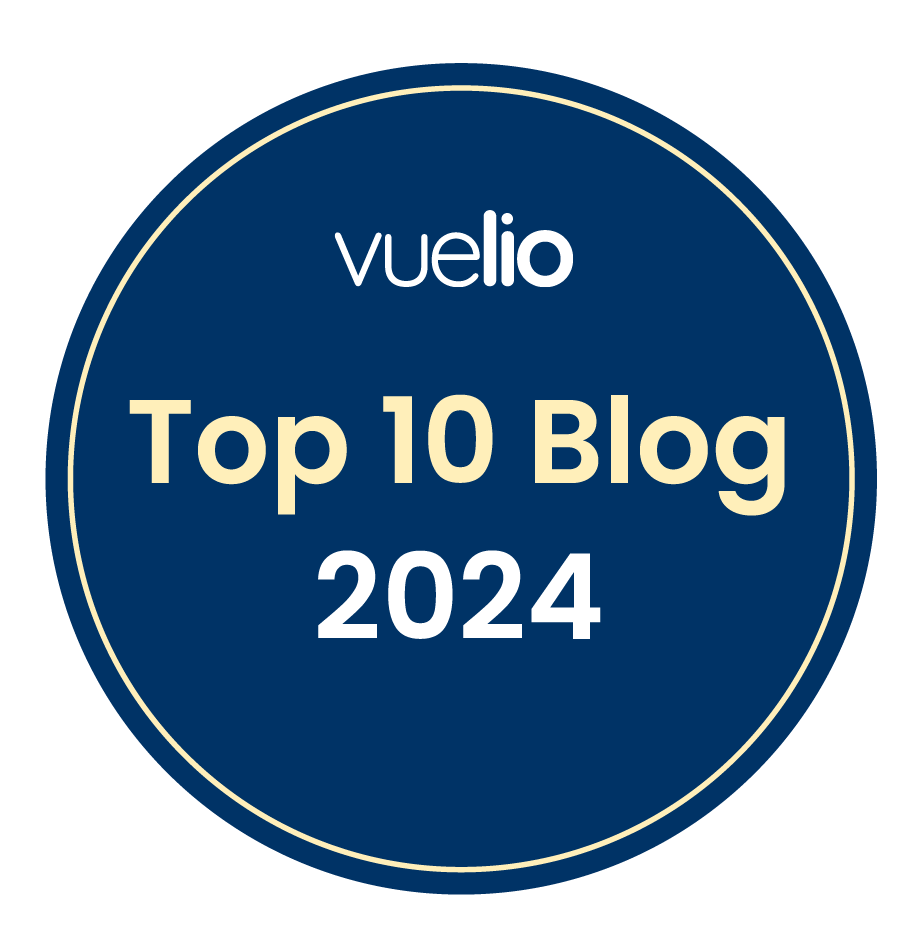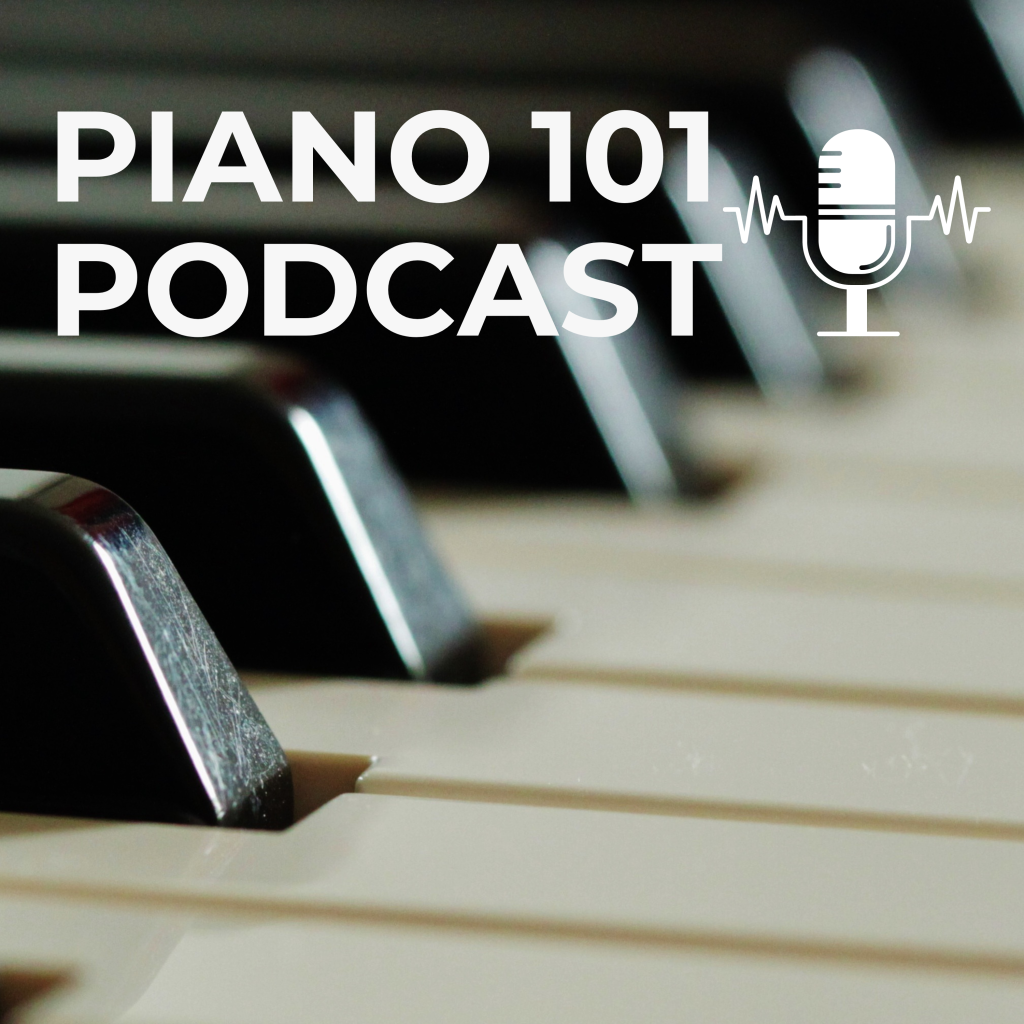Who or what inspired you to take up piano, and pursue a career in music?
I grew up hearing music from the time I can remember anything at all. My parents both played instruments, and when my mother was not playing the piano, my father was playing Mozart symphonies for me (fantastic LPs of Bruno Walter and Bernstein and Toscanini).
Who or what have been the most important influences on your musical life and career?
In terms of musical influences I would have to say my teachers Elizabeth Buday (a graduate of the Liszt Academy and devoted Dohnanyi pupil who taught me about digging into the scores and keeping relaxed while playing), Amanda Vick Lethco (who taught me about color in music), and Morey Ritt and Anton Kuerti (who both emphasized fidelity to the score, deep musicality and the highest calibre of technique). Kuerti was also immensely important in my thinking about pedaling which he understood very well and utilized brilliantly); other artists who were influential were (and are) Cortot, Horowitz, Serkin and Annie Fischer; one non-musician who had an immense influence was David Rockefeller, Sr., the great arts patron and philanthropist. He was both a great friend and supporter of my playing and also of my interest in commissioning new music. He and his wife had superlative taste in art and music and often had great musicians such as Casals, Rubinstein and de Larrocha playing in their homes; both encouraged me to study and perform the very finest repertoire (they loved Schubert; he once memorably said while encouraging me to go for depth over surface, “Playing beautiful music beautifully is the art, and you can do that.” That simple phrase has really stuck with me over the years.
What have been the greatest challenges of your career so far?
The great challenge for any artist is to find their own voice and listen to it. I remember really hearing my “voice” for the first time in a performance when I was 9 years old; then there was a period where I felt I had lost it, or found it difficult to regain that purity of communication and expression I heard so clearly when I was a child; as I began to really listen, REALLY LISTEN, not only to my music, but to myself, I found it again; my playing and my life changed with that moment, and I’ve listened to and used that “voice” ever since.
Which performance/recordings are you most proud of?
The recording I made called Heavy Sleep contains a number of works of Bach, one of which I waited 30 years to record. A reviewer from the New York Times wrote that the performance revealed “heart-breaking tenderness and vulnerability” which is exactly what that work should convey. It was my hope that somehow I could get this sense of the fragility of life across in my interpretation. I feel I finally achieved that in this recording.
I feel very much the same about my new recording Windows. I have heard and played Schumann’s Kinderszenen, a central work on the album, for most of my life. It is such a seemingly innocent and deceptively beguiling piece. Compared to so many of Schumann’s piano works, there are far fewer notes, but each note really counts. There is an overall hidden psychological complexity to the cycle that is quite difficult to convey. One must capture each vignette for the delicate and childlike watercolor it is, yet fit it into an overall canvas that forms a very adult sensibility of the memories and remembrances of early life. I hope it is not too immodest to say I believe I manage to convey that in this new recording.
Which particular works do you think you play best?
I very much “hear” in color, so I believe I am really at my best with works in which I can utilize my sense of colors and shadings. It is not necessarily appropriate to use a wide spectrum of color in every genre, and sometimes one may choose, as a photographer does, to “shoot” a piece in black and white, or shades of grey, but one still can still use colors, which for me have the ability to convey tremendous emotional and musical information.
How do you make your repertoire choices from season to season?
I keep many different programs going at the same time. Some of these have overlapping works and some not all; some things I’ve played my whole life and some are very new. I think keeping the new and old in dialogue, in repertoire and most everything else, keeps oneself and one’s music informed, alive and fresh.
Do you have a favourite concert venue to perform in and why?
I have played a lot at both Carnegie Hall and Lincoln Center and I love them both. It may be because both are in New York where I have lived for so long, but both venues are places where I not only played a lot myself, but heard others give very memorable concerts and performances; so they have very special places in my heart.
Who are your favourite musicians?
Of figures from the past or no longer performing, I would say Cortot, Horowitz, Carlos Kleiber, Rudolf Serkin, Annie Fischer, Leontyne Price, Michelangeli, Callas, Louis Armstrong ; of active living performers I am often moved by Fleming, Sokolov, Uchida, Trifonov, Argerich and my colleagues of the original Brooklyn Rider quartet, Eric and Colin Jacobsen, Johnny Gandelsman, Nick Cordes, all astounding musicians. Of composer / performers I have to mention Lisa Bielawa and Philip Glass, both incredible composers, of course, but also generous and wonderful collaborators.
What is your most memorable concert experience?
I’ve had many great experiences so it is hard to choose; but in terms of sheer “wow” factor, hearing Vladimir Horowitz live in 1985 for his “comeback” concert at Carnegie Hall was pretty memorable. I was given a front row center “keyboard” seat by Steinway and Horowitz was very “on” that day. The music, the hall and the atmosphere were electrifying.
As a musician, what is your definition of success?
It’s all about expression of feelings and emotions and of course what a piece, a composer, and oneself is trying to say. Achieving a perfect, expressive voicing or color, or a perfect pianissimo in the exactly the right place at the perfect moment makes me very happy. But that is rare, which is the pain and joy of what we do!
What do you consider to be the most important ideas and concepts to impart to aspiring musicians?
Listen to your own voice. It is unique. Don’t let anyone change that. Find yourself and be fearless. Mistakes and funny turns are all part of life, but it’s your road. Take it.
Bruce Levingston’s latest Sono Luminus recording, entitled WINDOWS, was released on January 26 2018.
Bruce Levingston is a concert pianist and one of the US’s leading figures in contemporary classical music. He is known for his “extraordinary gifts as a colorist and a performer who can hold attention rapt with the softest playing” (MusicWeb International). Many of the world’s most important composers have written works for him, and his Carnegie Hall and Lincoln Center world premiere performances have won notable critical acclaim. The New York Times has praised his “mastery of color and nuance” and called him one of “today’s most adventurous musicians”; the New Yorker has called him “a force for new music” and “a poetic pianist with a gift for inventive — and glamorous — programming.”
Levingston’s recordings have also received high critical praise. His recent album Heavy Sleep was named one of the Best Classical Recordings of 2015 by The New York Times which called the album “tender” and “exquisite.” England’s The Arts Desk called the album “sublime” and Gramophone declared his playing “masterly.” In a glowing review of his CD Nightbreak, The American Record Guide wrote “Levingston is a pianist’s pianist… stunning and highly illuminating performances.” MusicWeb International named his album Still Sound “Record of the Month.” His CD Heart Shadow also received notable praise and was named “Album of the Week” by New York City’s WQXR. The Cleveland Plain Dealer called Levingston’s recording “vivid and richly expressive” and Classics Today lauded his CD Portraits for its “transcendent virtuosity and huge arsenal of tone color.”
Levingston has appeared in concerts and music festivals throughout the world, and his performances have been broadcast internationally on radio, internet and television. Noted for his creative programming, he has worked with some of the most gifted artists of our time, including painter Chuck Close, composer Philip Glass, authors George Plimpton and Michael Cunningham, actor Ethan Hawke, dancers Alessandra Ferri and Herman Cornejo, Colin and Eric Jacobsen and the Brooklyn Rider, and choreographers Jorma Elo, Russell Maliphant and Alexei Ratmansky. Levingston is the founder and artistic director of the music foundation, Premiere Commission, Inc., which has commissioned and premiered over fifty new works.
Levingston has collaborated with numerous prominent cultural institutions on programs related to art and music including Museum of Modern Art, New York; Whitney Museum of Art; Alliance Française/French Institute; The Aspen Institute and Aspen Music Festival; San Francisco Museum of Modern Art and Fine Arts Museums of San Francisco. In 2015, Levingston’s new biography about the painter Marie Hull, Bright Fields: The Mastery of Marie Hull, was published on the 125th Anniversary of the famed Mississippi artist’s birth. Levingston also curated two major exhibitions of Hull’s work at the Mississippi Museum of Art and the Ogden Museum of Southern Art in New Orleans in conjunction with the publication of the book.
Long interested in human rights and education, Levingston gave a special premiere performance for the opening of Mississippi Civil Rights Museum and collaborated on the commission and world premiere of the oratorio, Repast, which was based on the life of the civil rights figure Booker Wright. Levingston regularly performs and conducts master classes in public schools to promote the arts and bring live music to young audiences. He was awarded the Mississippi Governor’s Award for Excellence in the Arts. Levingston is the Chancellor’s Honors College Artist in Residence and Holder of the L. G. Fant Chair at the University of Mississippi. He resides in Oxford, MS and New York City.






